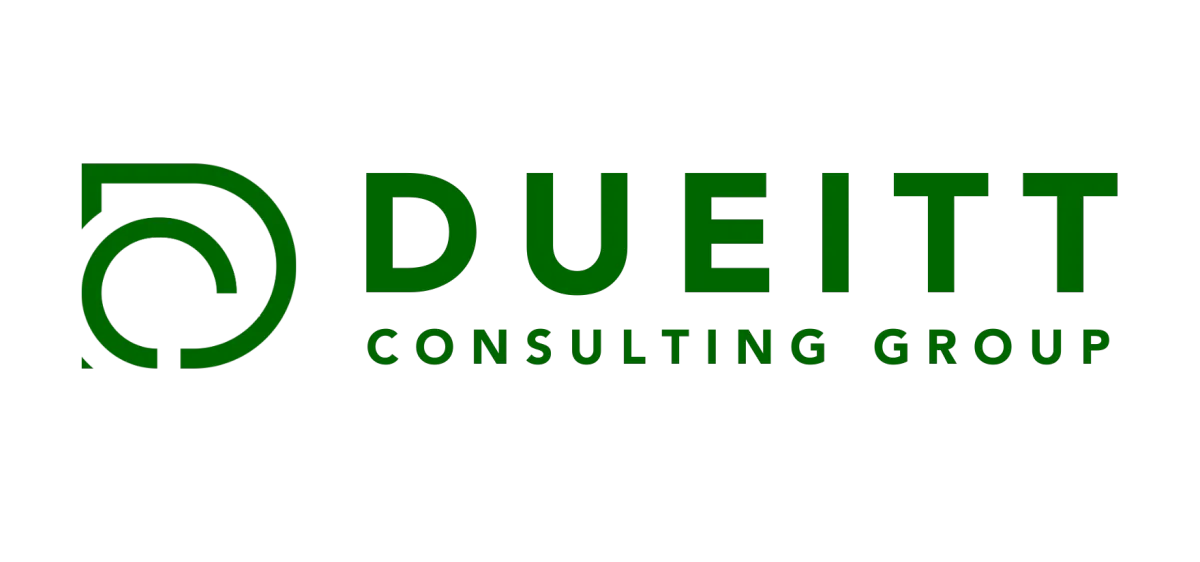Let's Do It.
Dream big. Achieve bigger.
Empowering tech grow-stage companies to boost revenue and reduce acquisition costs through strategic, efficiency-focused marketing as a Fractional Chief Marketing Officer.

CMO OVERSIGHT
Strategic oversight of your team and your results at a fraction of the costs.

RESULTS-DRIVEN
Over 20 years of experience in data analytics to hold the strategy and team accountable.

PROFITABLE MARKETING
Making marketing ideas that actually work and drive to the bottom line and a strong ROI.
Sound Strikingly Similar?
Managing your marketing team has taken precedence over your CEO role.
You secured new funding and lack a marketing team with experience.
Your passionate marketing team is feeling overwhelmed.
Unclear customer journey mapping and undefined KPIs in your campaigns, leaving you unaware of what needs fixing.
You don't know if marketing is producing results.
Challenges in growing marketing efforts with a lack of structure, strategy or efficiencies.
Reliance on gut instincts rather than data for decision-making keeping you up at night.
Spending time and money on marketing with a sense that better results are achievable.
Meet Your Fractional Chief Marketing Officer
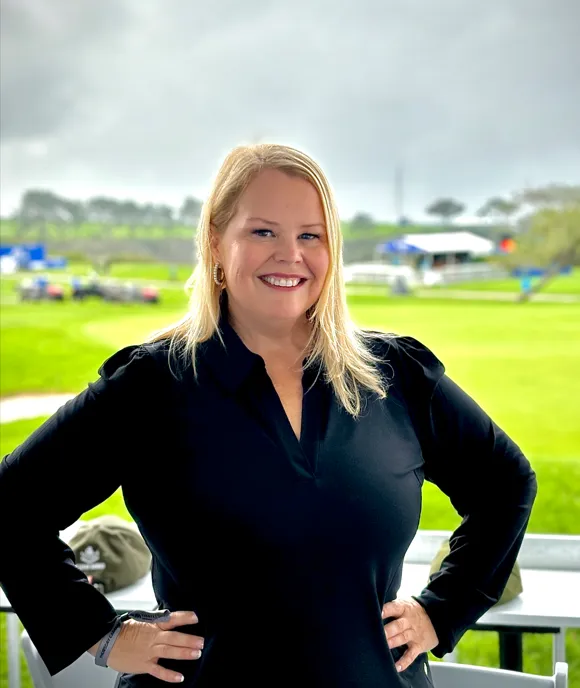
Heather Dueitt
Certified AI Transformational Leader
Visionary marketing executive with 20+ years of experience, excelling in transforming visions into profitable outcomes.
Expert in leveraging data and AI for groundbreaking sales, marketing and brand expansion.
Proven track record with both industry giants (Dove, Samsung) and growth-stage companies (Veteran Ratings, NoteVault).
Increased revenue from $33M to $75M in 18 months for a growth-stage Veteran services client while increasing lead-to-appointment conversion rate by 351%.
Skilled in spearheading rebranding, restructuring, renaming, and building brands from the ground up.
Award-winning innovator, featured by Forbes, San Diego Business Journal, and more.
Former NYU adjunct professor adept at mentoring emerging marketing talents.
Client Testimonial
"Heather's remarkable transformation of our marketing functions has been nothing short of extraordinary. Under her strong leadership, we evolved from having minimal marketing efforts to establishing a robust, full-funnel operation that not only enhanced our efficiency but drove results. Heather's strategic approach included collaborating closely with various departments to identify and address critical pain points, ensuring a cohesive and unified strategy. Her efforts significantly accelerated our goal attainment, achieving milestones in a timeframe not seen in the past seven years. Heather redefined our marketing landscape and set a benchmark for operational excellence."
Executive, Veteran Consulting Technology Company
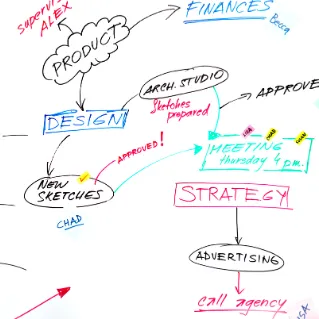
What Does a Fractional CMO Do at the Fraction of a Cost?
A Fractional CMO is a part-time executive who functions just like a full-time CMO would at a fraction of the costs. They are responsible for all of your marketing results, and manage your marketing team day to day.
As a Fractional CMO, we'll create a comprehensive marketing plan to achieve your dreams and goals, while streamlining your marketing engine to become ready for rapid growth in revenue.
Your success story awaits! - Let's do it! Together!
Services
Contact us to identify which fractional solution works best for your organization with engagements starting at $3,500.
Half Day Consult
4-Hour Workshop with Executive Team
Two-week Research & Prep for Workshop
Strategy Planning Session
Clear Direction & Next Steps
On-Going Advisor
Weekly Check-Ins
Oversee Marketing Performance
Marketing Team Check-Ins
Campaign Optimization Strategy
Fractional CMO
Acting CMO on Your Team
Comprehensive Marketing Strategy & Execution
Leads, Manages & Builds Marketing Team and Vendors
Data Analytical Reporting
Let's Do It!
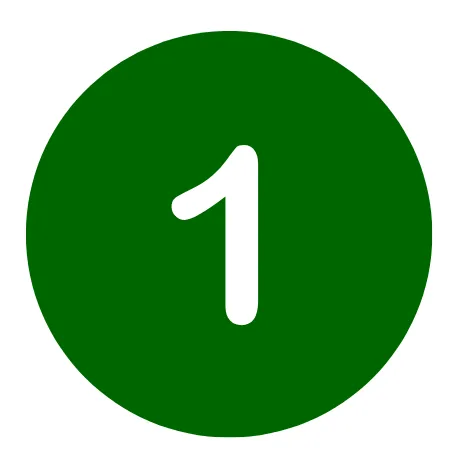
Chat
Schedule a 15- minute call to see if a Fractional CMO is a good fit and what approach will work best for your company.
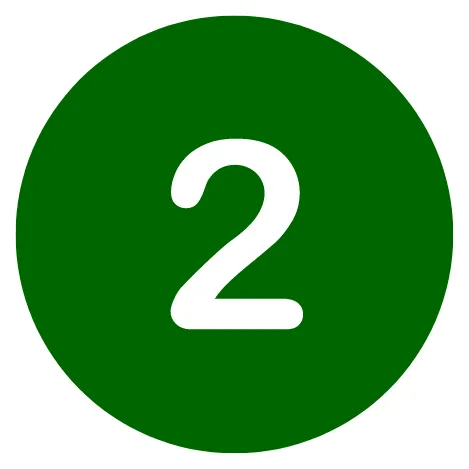
Strategy
We'll get on a longer call to deep dive into your dreams, needs, and wishes. Then, we'll share the steps we recommend with a proposal.
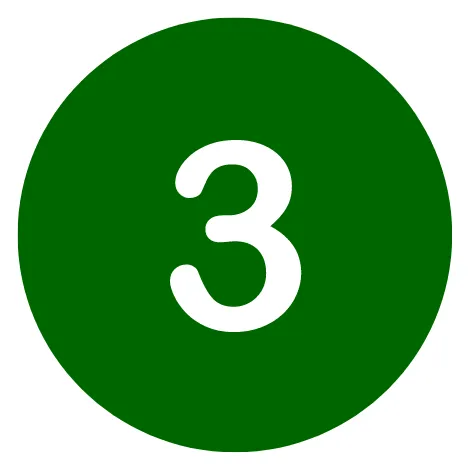
Transformation
In the first 30 days, you'll have a comprehensive marketing plan and the leadership to execute it over the rest of the quarter.
Client Testimonial
“Heather Dueitt is one of those gems that comes along only a few times in one's career. We were looking for someone with energy, strategic perspective, and tactical skills, and Heather stood out from the beginning. I saw how NoteVault's marketing improved dramatically within months. She brings in more results than an entire team of seven did with a much smaller media budget!”
Jeremy F., Former COO of NoteVault Construction Technology
Solve Bigger Problems at a Fraction of the Costs
In the dynamic world of tech startups, securing a full-time Chief Marketing Officer (CMO) or VP of Marketing can often be out of reach—be it due to budgetary limits or the absence of a full-time requirement.
Enter the concept of a Fractional CMO: a perfect blend that offers companies the strategic expertise and leadership they need, but on a flexible, cost-effective basis. Curious about how this model can elevate your business?
Recognized by:
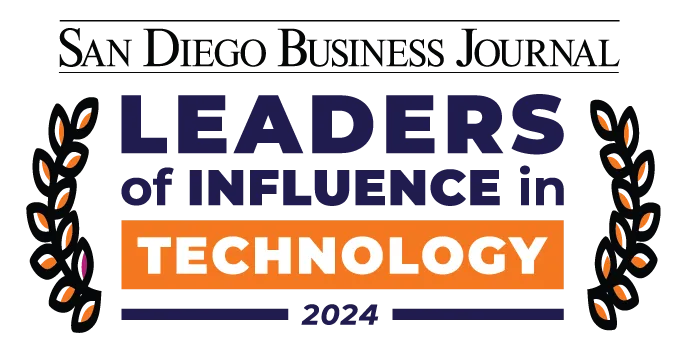

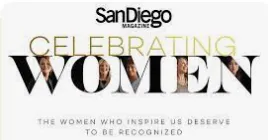

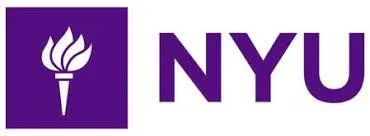
Clients have included:
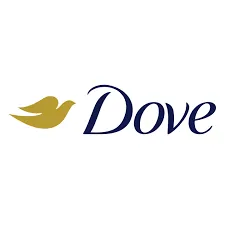


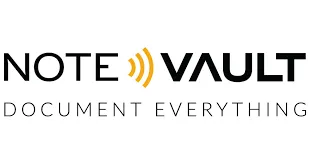


Copyright 2005 - 2024 Dueitt Consulting Group, LLC | Privacy Policy | Terms & Conditions
